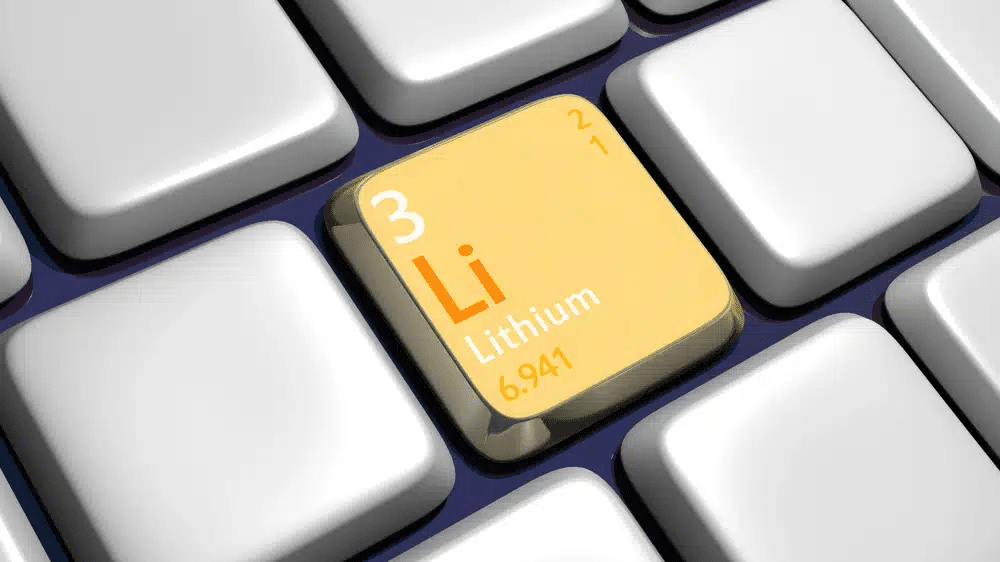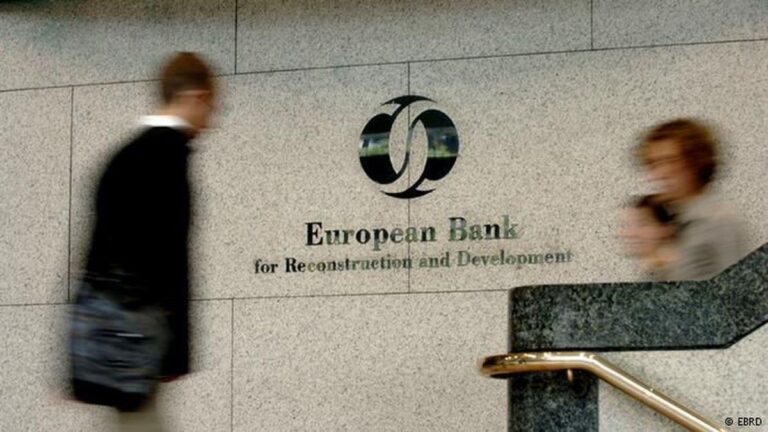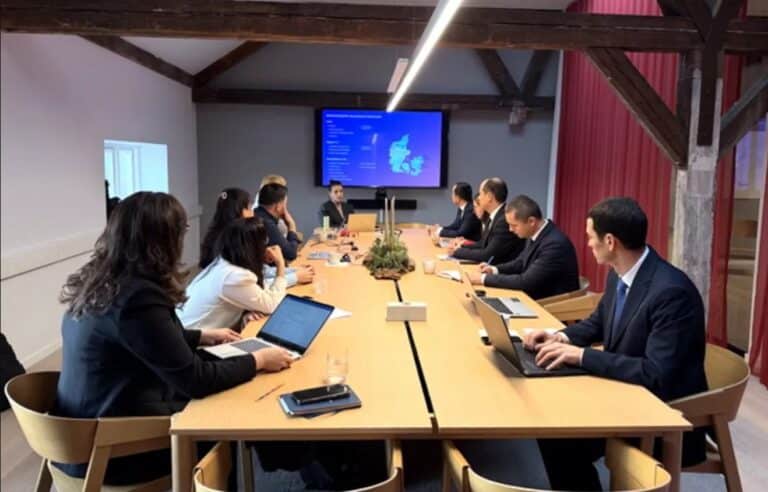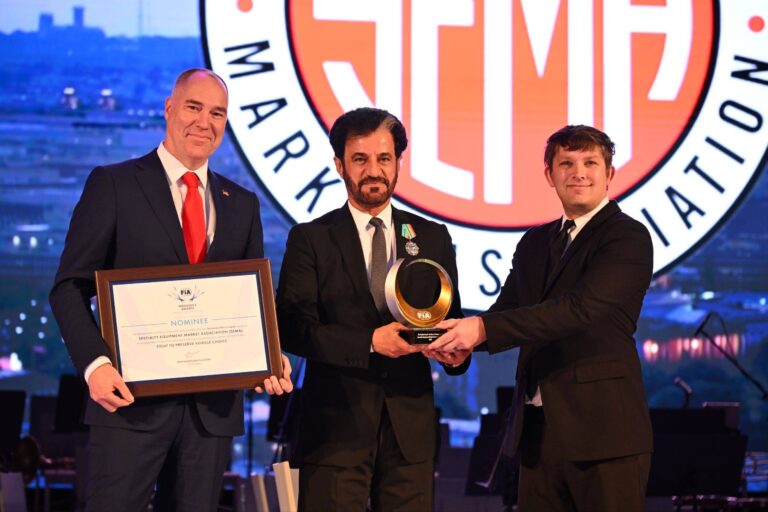
The United States and other major economies are working to diversify their supply chains for minerals essential for technological development. This creates a unique opportunity for Central Asia, which is rich in lithium reserves, rare earth elements, copper and uranium. The key question is whether the countries in the region can unite and present a coordinated front on the global stage.
Partnership Amidst Competition for Minerals
The shift towards a green economy, digitalisation and military modernisation has heightened global competition for critical minerals. The United States aims to reduce its reliance on China, which currently dominates the supply of rare earth metals, and sees Central Asia as a viable alternative. The region boasts valuable mineral resources and serves as a strategic link between East and West.
Interest in Central Asia’s mineral wealth surged after 2022, when the energy crisis and geopolitical tensions in Europe highlighted the need for a reliable supply of raw materials.
The C5+1 initiative, launched in 2015, provides the framework for cooperation between the U.S. and Central Asia.
Kazakhstan and Uzbekistan have optimised their mining laws and business practices, significantly lowering entry barriers for companies from the United States and other Western nations.
Towards a New Energy Hub
Uzbekistan plays a crucial role in the strategy of Central Asian states cooperating with the U.S. on critical minerals. Uzbekistan is a key link in the regional supply strategy with rich reserves of copper, uranium, gold, and rare earth elements.
The country is actively developing its mining sector, modernising infrastructure, and creating conditions to attract international investment in processing and high-tech industries.
In April 2024, President Shavkat Mirziyoyev announced the launch of $500 mln worth of projects to develop the mining and processing of rare earth metals.
“We should not only extract resources but also create our technologies for processing and utilising them,” the president stated at the time.
In September 2024, Uzbekistan and the U.S. signed a memorandum of understanding regarding critical minerals. This document sets the groundwork for technological exchange, investment in processing, and training specialists in the field.
According to Pini Althaus, managing partner at Cove Capital, “Cooperation between Central Asia and the U.S. in critical minerals is not merely a strategic choice; it represents a window of opportunity for the entire region and a vital channel for the U.S. to secure key minerals, especially in light of recent export restrictions from China and the lack of viable projects within the U.S. itself.”
He added that Central Asia could become a new energy hub if all regional countries work together.
“We see growing interest from U.S. investors, and our task is to convert this interest into concrete projects. Uzbekistan and Kazakhstan are already showcasing how geopolitical trends can be leveraged for economic breakthroughs,” Althaus remarked.
In October 2023, Uzbek diplomats began discussions on a memorandum similar to those of their EU counterparts. If these initiatives are successfully implemented, Uzbekistan could evolve into a key player in the global technology supply chain over the next five years rather than just being an exporter of raw materials.
A Comprehensive Approach
Despite its abundant mineral reserves, Central Asia faces logistical challenges. The region’s remote location from global markets and seaports limits the export potential of Uzbekistan, Kazakhstan, Kyrgyzstan, Tajikistan and Turkmenistan.
Developing the Middle Corridor, which connects Central Asia with Europe via the Caspian Sea, the Caucasus and Turkey, could significantly enhance export opportunities and strengthen the region’s position in the global economy.
Ruslan Asimov, Managing Partner of Bridge Capital Partners LLC, emphasises the importance of building infrastructure and intellectual capital.
“At Bridge Capital Partners, we see tremendous potential in creating educational programs and technology clusters that benefit the entire region. We are actively working on establishing an investment fund focused on financing projects related to critical minerals in Central Asia,” Asimov noted.
He believes this fund will serve as a platform for bringing together private and institutional investors, promoting sustainable economic growth and innovation in the region.
“The most crucial factor is the willingness of local leaders to take bold steps that previously seemed impossible,” he concluded.














